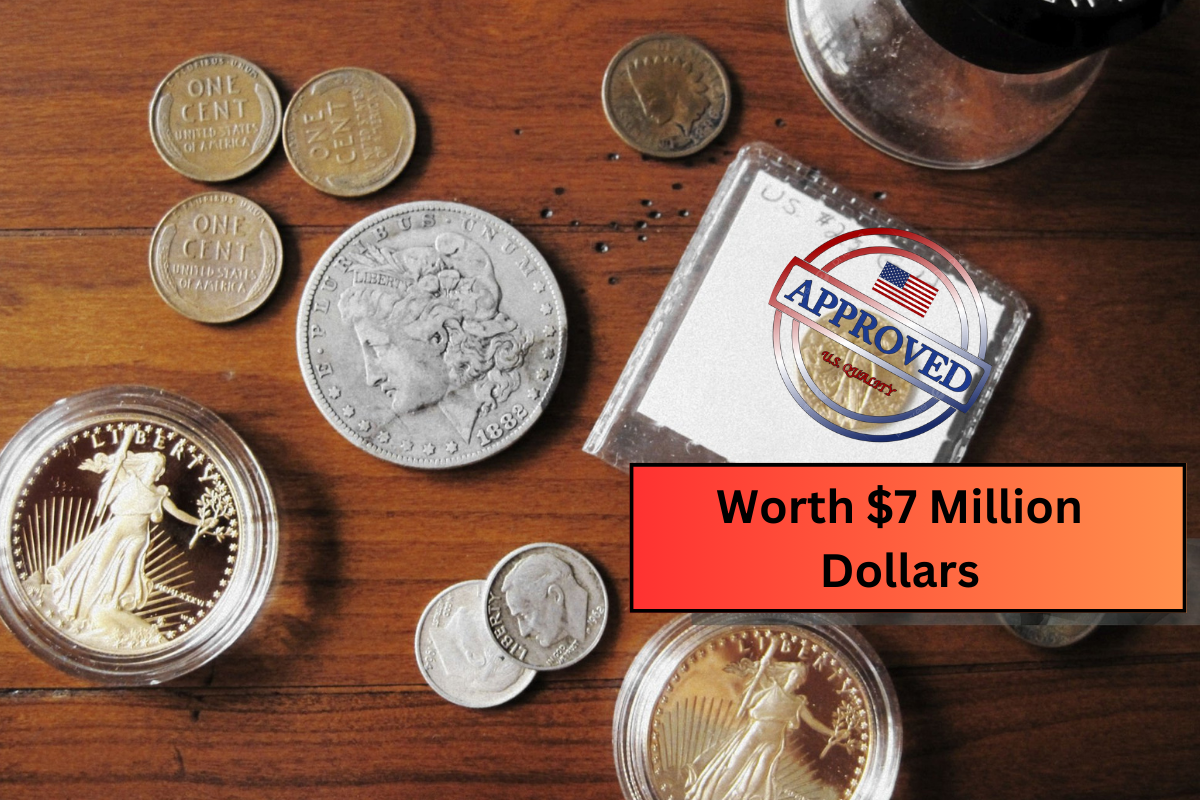Imagine reaching into your pocket for some change and stumbling upon a coin that’s worth nearly $7 million. Sounds too good to be true, right? Well, believe it or not, this is the case with the 1976 Reverse Die Clash Error coin. If you’re not familiar with the term, don’t worry! Let’s dive into the fascinating world of coin errors and discover what makes this particular coin such a treasure.
What is a Reverse Die Clash Error?
A Reverse Die Clash Error occurs during the coin minting process when the two dies used to strike the coin collide. This collision leaves an imprint of one die onto the other, creating an unusual and collectible coin. In layman’s terms, think of it like a snapshot where two images overlap, causing a charming mess on the coin’s surface.
How the 1976 Reverse Die Clash Error Happened
In 1976, during the production of coins to commemorate America’s bicentennial, a major minting error occurred. The obverse (front) die clashed with the reverse (back) die due to an operational mishap, resulting in the creation of a coin that showcased both sides’ designs overlapping on one another. This unusual strike generated a small number of unique coins, making them highly valuable among collectors.
Collectability and Value
So, why is the 1976 Reverse Die Clash Error worth nearly $7 million? For starters, the rarity factor plays a huge role. Only a limited number of these coins were produced, and as time passes, they become increasingly scarce. Add to this the historical significance tied to the 1976 bicentennial celebration, and it’s no wonder collectors are willing to fork over extraordinary sums to get their hands on one. It’s akin to finding a rare Pokémon card – the excitement and value come from both the rarity and the nostalgia.
The Hunt for the Coin
You might be wondering if you can find a 1976 Reverse Die Clash Error coin in your pocket change. While it’s a long shot, keep an eye out for any 1976 coins that feel different or have an unusual appearance. After all, treasure hunting can lead to fantastic discoveries! Just imagine the thrill of recognizing that your casual lunch change could be a small fortune.
How to Identify the 1976 Reverse Die Clash Error Coin
You’ll want to look for unique characteristics to identify this coin accurately. First, examine the edges and look for any signs of overlapping design features. The difficulty here is that the clash may not be apparent at first glance, so don’t rush the process. Use a magnifying glass if you have one handy! Even better, use an app that allows you to take close-up shots of coins. Identifying these errors requires patience and a keen eye – just like finding hidden gems in a thrift store!
Conclusion
In conclusion, the 1976 Reverse Die Clash Error is a prime example of how a mistake during the minting process can lead to something extraordinary. Not only does it encapsulate a moment in history, but it also represents a thrilling opportunity for collectors and everyday people alike. So next time you reach for your pocket change, remember to keep your eyes peeled – you might just stumble upon a millionaire’s treasure!
FAQs
1. What is the 1976 Reverse Die Clash Error coin?
It’s a coin that resulted from an error during the minting process, where the obverse and reverse dies accidentally clashed, leaving unique markings.
2. How can I tell if I have a 1976 Reverse Die Clash Error coin?
Look for signs of design overlap and unusual characteristics on the coin. A magnifying glass can help you spot errors more easily!
3. Why is this coin so valuable?
The coin is exceptionally rare, with only a limited number in circulation, which drives up its collectible value.
4. Can I find this coin in my pocket change?
While it’s unlikely, it’s not impossible. Keep an eye out for unusual 1976 coins, as you never know what might turn up!
5. What’s the best way to store valuable coins?
Store valuable coins in a protective holder or capsule to prevent physical damage and preserve their condition for potential future sales.
